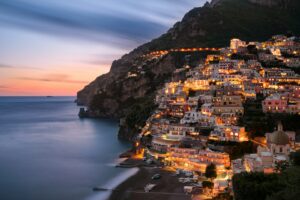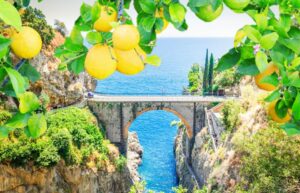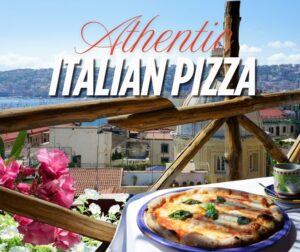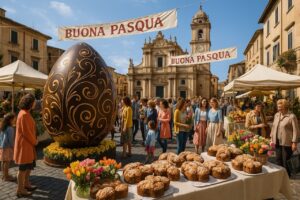Must Eat in Tuscany: A Guide to Authentic Tuscan Food
Embarking on a culinary journey through Tuscany is not just a mere dining experience; it’s an exploration of history, culture, and tradition. The region’s cuisine, one of Italy’s oldest, still holds onto its roots, serving dishes that reflect the simplicity and richness of its past. This guide to “Must Eat in Tuscany” will unveil the authentic flavors that make Tuscan food a delightful adventure for any gourmand.
Antipasto di Firenze: A Flavorful Beginning
We think about what we must eat in Tuscany the appetizer is always the starting point of a lunch or dinner, and given the Florentine taste, it’s really worth it. I can assure you that you won’t be disappointed.
A typical dish from Florence includes bruschetta, (the correct pronunciation is broo-SKET-uh) slices of bread toasted over coals and seasoned with garlic, oil, and salt. Some add mushrooms, olives, and tomato; “crostini,” toasted bread cooked in “vinsanto”(sweet wine) with a sauce made of minced liver, capers, and anchovies.
Along with high-quality raw ham, there are also other typical Florentine salamis and Tuscan DOP hams, including the famous “finocchiona” flavored with fennel seeds. Fantastic!
There are combinations of cheeses like goat cheese, sweet caciotta, and Tuscan DOP pecorino.
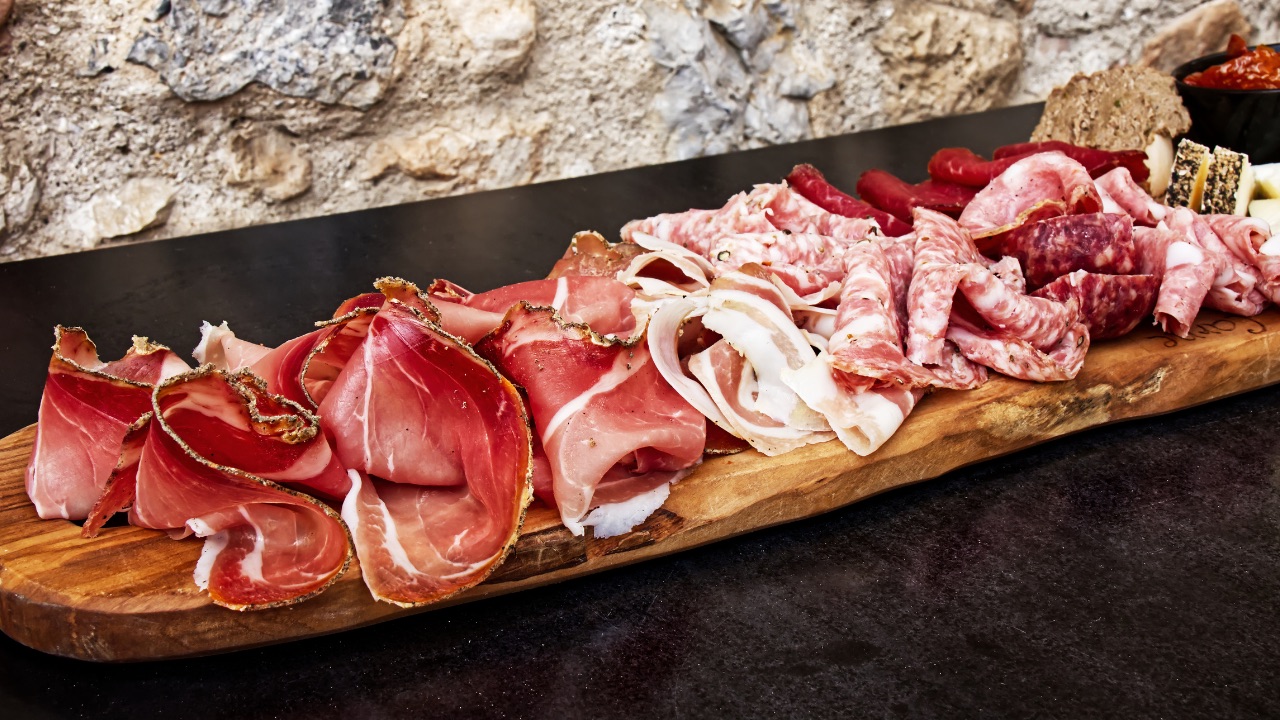
Bistecca alla Fiorentina: The Quintessential Tuscan Experience
At the heart of Tuscan cuisine is the iconic “Bistecca alla Fiorentina.” This dish is more than just a steak; it’s a culinary ritual. Made from select cuts of veal or heifer, the Bistecca alla Fiorentina is traditionally cooked rare over a grill or coals, featuring a thick cut with the bone. It’s crucial not to ask for it well-done – doing so is considered an insult in Florence and strips the meat of its prized characteristics. When properly cooked, this steak is succulent, with a tender heart that melts in your mouth, making it a “Must Eat in Tuscany” for any meat lover.
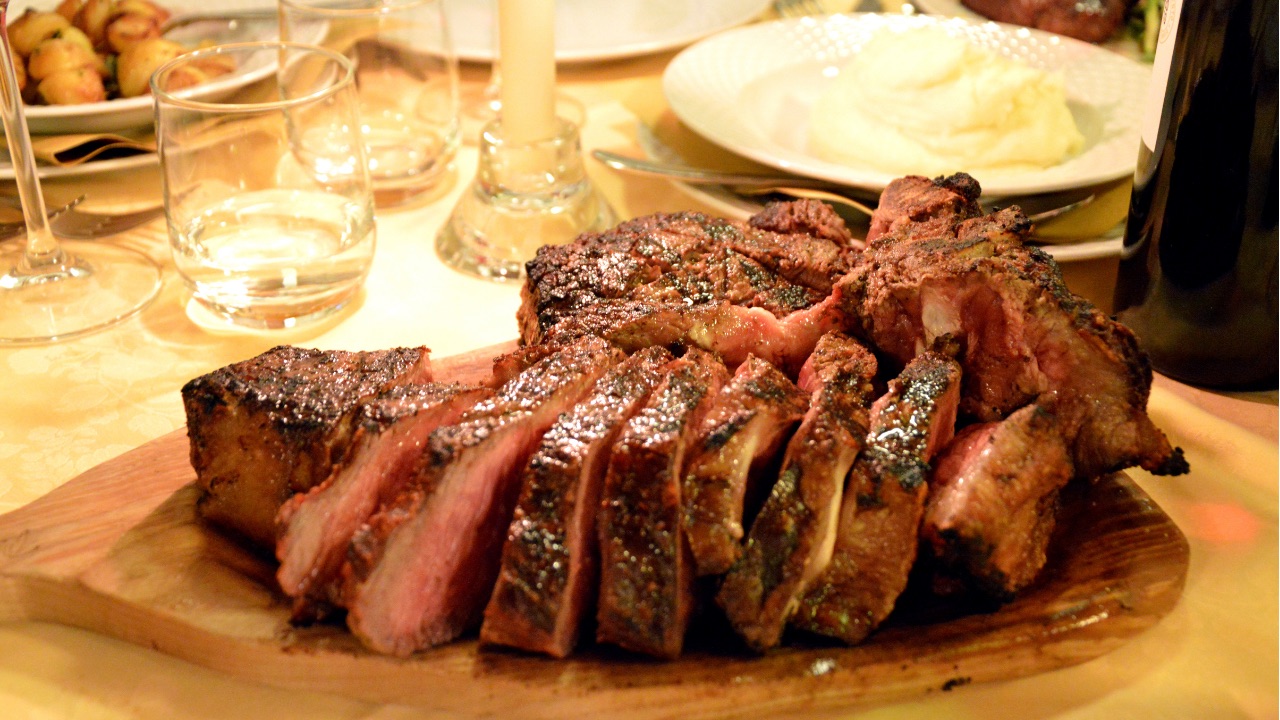
Pane con Lampredotto: A Street Food Delight
When exploring the streets of Florence, don’t miss out on “Pane con Lampredotto,” a testament to Tuscany’s vibrant street food culture. This sandwich uses the lean part of cow’s stomach and is a Florentine favorite. Often enjoyed as a quick bite, it’s a flavorful and affordable option that truly embodies the spirit of “Must Eat in Tuscany.” Whether soaked in broth or served with a variety of sauces, each bite takes you deeper into Florence’s culinary heart.
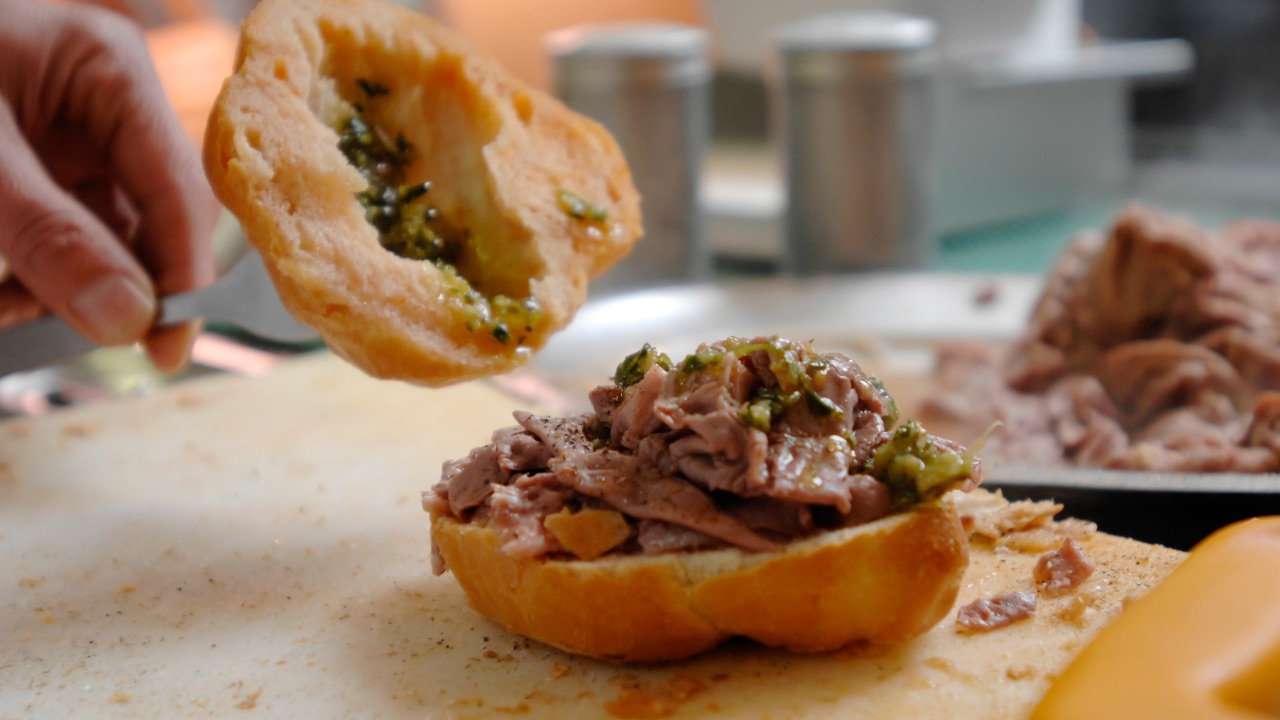
Trippa Fiorentina: A Humble, Nutrient-Rich Dish
Continuing with tradition, “Trippa Fiorentina” is a testament to Tuscany’s history of making delicious meals from simple ingredients. Once considered a poor man’s dish, this tripe-based meal is rich in nutrients and flavor. Cooked with tomatoes, celery, onions, pepper, and topped with Parmesan, it’s a dish that resonates with the past, making it a “Must Eat in Tuscany” for those seeking an authentic and rustic flavor.
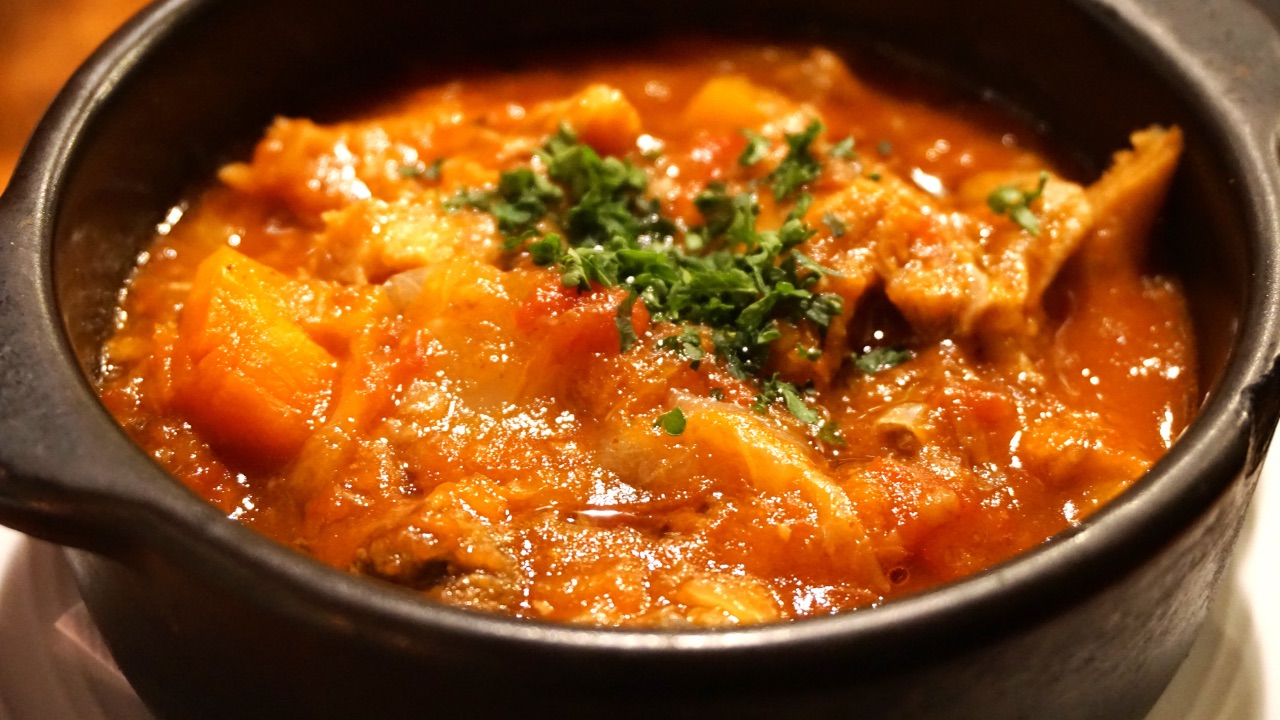
Pappardelle al Cinghiale: A Pasta Lover’s Dream
No guide to “Must Eat in Tuscany” would be complete without mentioning “Pappardelle al Cinghiale.” This dish features broad, flat pasta ribbons, traditionally served with a hearty wild boar ragu. The sauce, rich with herbs and spices, perfectly complements the pasta, creating a balance of flavors that is quintessentially Tuscan. It’s a dish that warms the soul and delights the palate, a must-try for pasta enthusiasts.
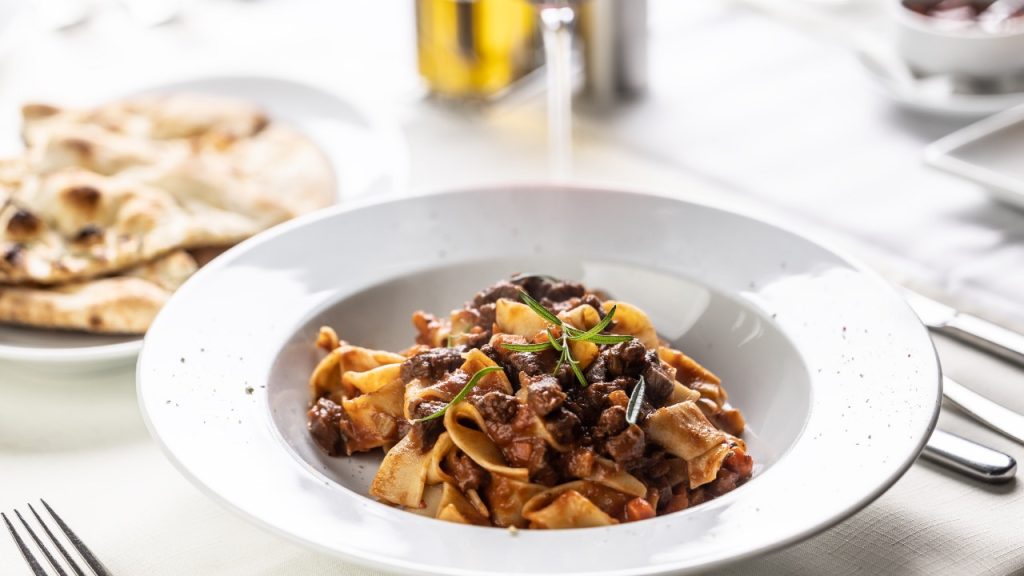
Ribollita: A Hearty Vegetable Soup
“Ribollita,” a traditional Tuscan soup, is a must-have for anyone visiting the region. Made with black cabbage, beans, chard, potatoes, and carrots, this vegetable soup symbolizes Tuscan resourcefulness. Originally prepared by peasants, it’s a dish that’s both nourishing and delicious, embodying the essence of “Must Eat in Tuscany.”
Rognone: A Tuscan Delicacy
Another “Must Eat in Tuscany” is the traditional dish of Rognone, a testament to the region’s love for offal. Rognone, which is essentially kidney (I know what you think, but trust me on This) , usually from veal or lamb, is prepared with meticulous care to preserve its delicate flavor. In Tuscany, it’s often cooked in a rich, savory sauce, sometimes with a touch of local wine, and served with a side of polenta or fresh, crusty bread. The dish highlights Tuscan cuisine’s ability to transform simple, often overlooked ingredients into a gourmet experience. Eating Rognone offers a unique insight into the rustic and authentic flavors of Tuscany, making it a must-try for those seeking to fully immerse themselves in the region’s culinary heritage.
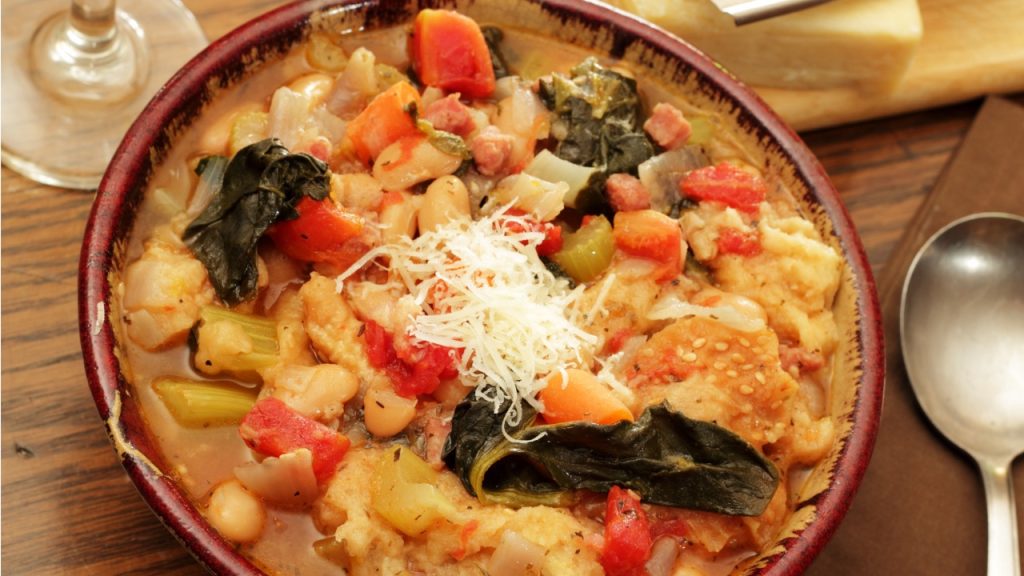
Dessert you Must eat in Tuscany
Schiacciata Fiorentina: A Sweet Tuscan Tradition
No culinary exploration of Tuscany would be complete without indulging in its sweet treats, and “Schiacciata Fiorentina” tops the list. This soft, rectangular cake, traditionally made during Carnival, is a celebration of simple, yet exquisite flavors. With its distinctive fleur-de-lis design made from cocoa on a sugar-dusted surface, it’s a symbol of Florentine artistry in baking.
A Dessert Trio: Cantucci, I Cenci di Carnevale, and Il Panforte
Desserts in Tuscany are as diverse and delightful as its savory dishes. “Cantucci,” almond biscuits, are perfect when dipped in Vin Santo, offering a sweet, crunchy experience. “I Cenci di Carnevale,” also known as Chiacchiere, are a must-try during the carneval season, with their light, airy texture and dusting of powdered sugar. Lastly, “Il Panforte,” a dense, fruit-and-nut cake, is a traditional Sienese dessert that dates back to the Middle Ages, rich in flavors and history. These desserts are essential to the “Must Eat in Tuscany” list, each offering a unique taste of Tuscan sweetness.
Wines of Tuscany: The Perfect Complement
Exploring “Must Eat in Tuscany” is not just about the food but also about the wines that accompany these dishes.
The wineries and farms of Florence and Tuscany, renowned for their Sangiovese wines, open their doors to visitors in May. Thus, in addition to tasting Tuscan wine, you can also visit the farms that produce it. There is a focus on the quality of the wines produced rather than the quantity: 6% of Italy’s 26 DOCG wines are from Tuscany.
Sangiovese is definitely the grape that characterizes the area. Sangiovese might be something new to you, even though at first glance it might seem unfamiliar. Sangiovese wines from Chianti, Brunello di Montalcino, and Vino Nobile di Montepulciano are all Italian wines. Not to mention, it is often the base of the more significant Super Tuscans, which are then blended with other grapes.
Pomino and Trebbiano are famous white wines that are excellent for fish dishes and aperitifs. Vin Santo and Moscato are superb for desserts. Since ancient times, Tuscany and its surroundings have been tied to vineyards. The city’s economy has always been influenced by wine production and trade. Currently, many of Florence’s ancient noble families, such as Ricasoli, Frescobaldi, and Antinori, continue to engage in this activity, thus contributing to the worldwide fame of Made in Tuscany.
you might be interesting in Chianti versus Brunello di Montalcino
Fiaschetteria Pistoia NYC
If for any reason, you’re not able to go to Tuscany yet, but you’re happening to be in New York City go to visit my good friends at Fiaschetteria Pistoia!
For some good authentic Tuscan food!

